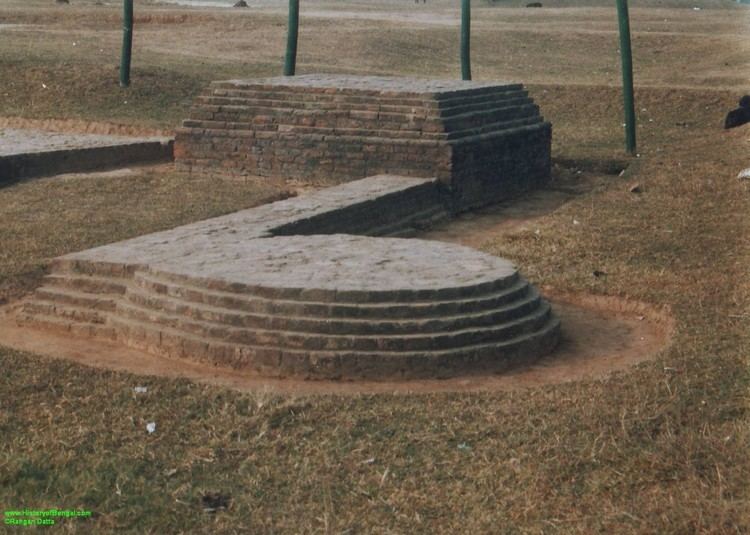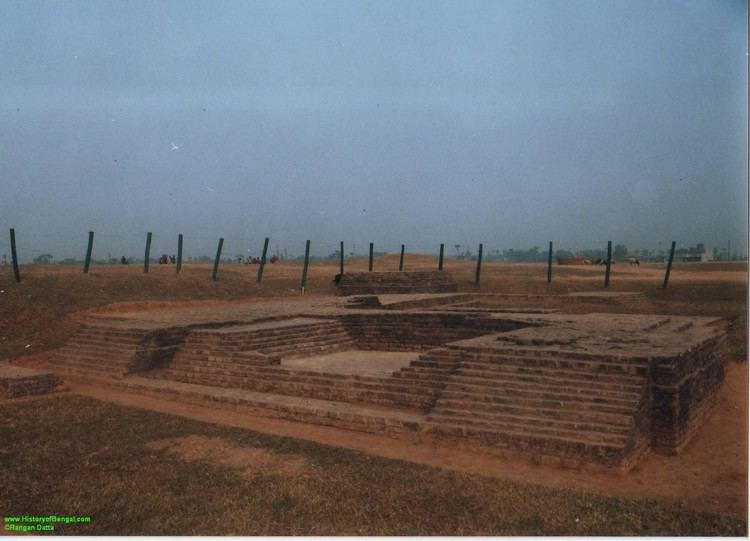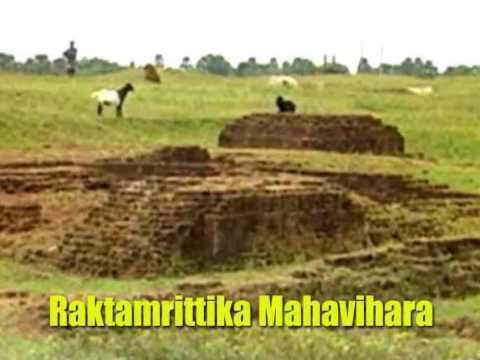Location West Bengal, India Founded 7th century AD Archaeologists K.N.Dixit, S.R.Das | Type Settlement Excavation dates 1929-30, 1962 Owner University of Calcutta | |
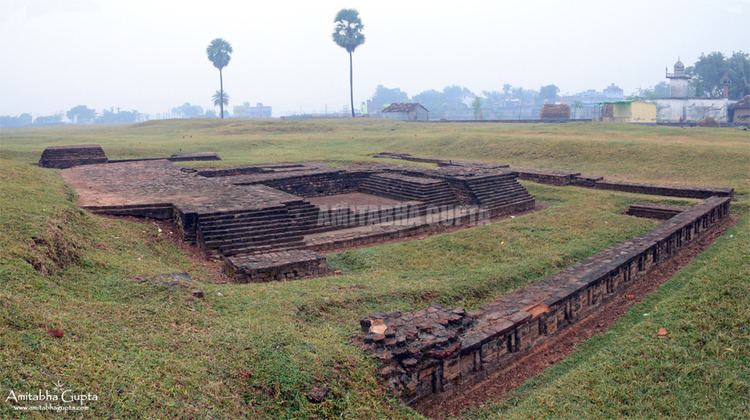 | ||
Ownership Archaeological Survey of India, University of Calcutta | ||
From the glory that was karnasubarna 1999 a short docu by me
Karnasubarna (Bengali: কর্ণসুবর্ণ meaning 'Made beautiful by Karna') was the capital of Shashanka, the first important king of ancient Bengal who ruled in the 7th century. After Shashanka's death it was the jayaskandhavara (camp of victory) of Bhaskaravarman, the king of Kamarupa probably for a short period. This is evident from his Nidhanpur copper-plate grant. In the mid-7th century, it was the capital of Jayanaga according to his Vappa Ghoshavata copper-plate grant. The ruins of Karnasubarna have been located at Kansona in the present Murshidabad district in the Indian state of West Bengal. It is 9.6 kilometres (6.0 mi) south-west of Baharampur, headquarters of Murshidabad district.
Contents
- From the glory that was karnasubarna 1999 a short docu by me
- Flood aug 2015 karnasubarna berhampore
- Excavations at Rajbaridanga
- References
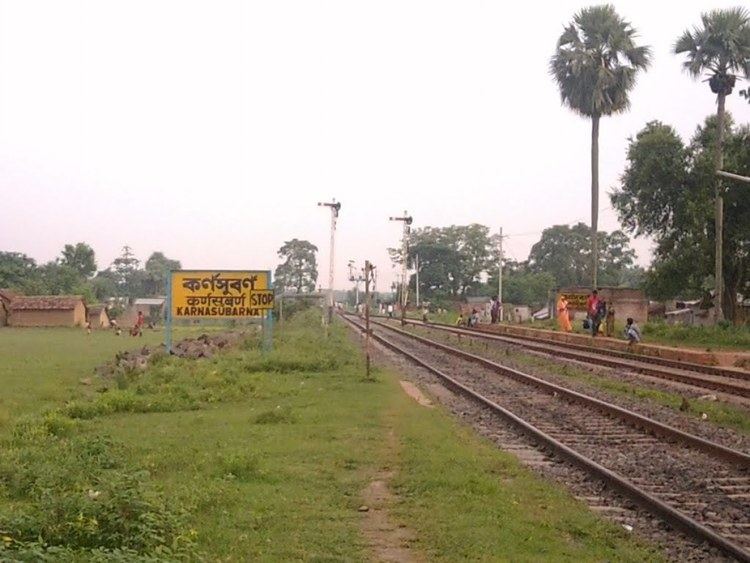
Legend has it that Karnasubarna was the capital of the 'Anga' Kingdom that the Kaurava prince Duryodhana had given to the magnanimous Karna, the first born of Kunti.
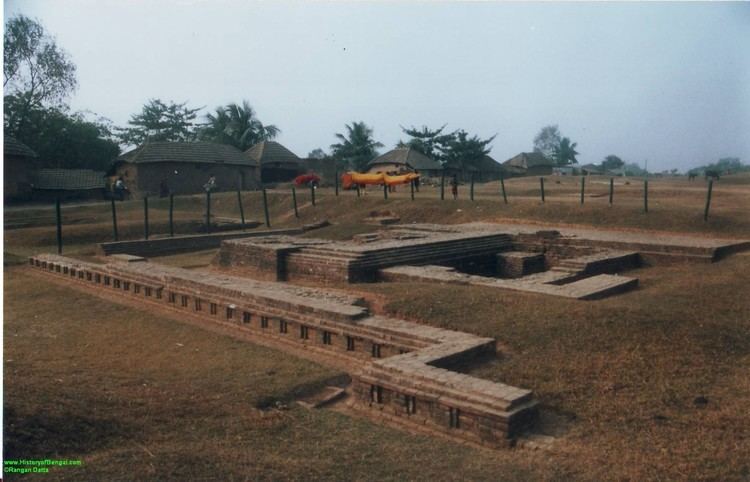
Flood aug 2015 karnasubarna berhampore
Excavations at Rajbaridanga

The famous Chinese traveler Xuanzang mentioned in his travelogues about Lo-to-mo-chi (Raktamrittika) Mahavihara, an important centre of learning of Vajrayana Buddhists near Karnasuvarna. It has been identified with Rajbaridanga. The archaeological site of Rajbaridanga is about 2.4 km from Karnasubarna railway station (earlier known as Chiruti) on the Azimganj-Katwa section of Eastern Railway. Local transport like cycle vans are available. This site was first excavated by a team from the Department of Archaeology, University of Calcutta in 1962 under the direction of S.R. Das. Amongst the findings, the most significant one was a monastic sealing bearing the legend Shri Rakta(m)rttika (Ma)havaiharik arya bhikshu (samgha)s(y)a (of the community of venerable monks residing in the Shri Raktamrittika Mahavihara). The other significant findings are terracotta figurines and ornamental stucco mouldings including human heads. Two other sites close by have been excavated at Rakshashidanga (in 1929-30 by K.N. Dixit of the Archaeological Survey of India) and Nil Kuthi.
